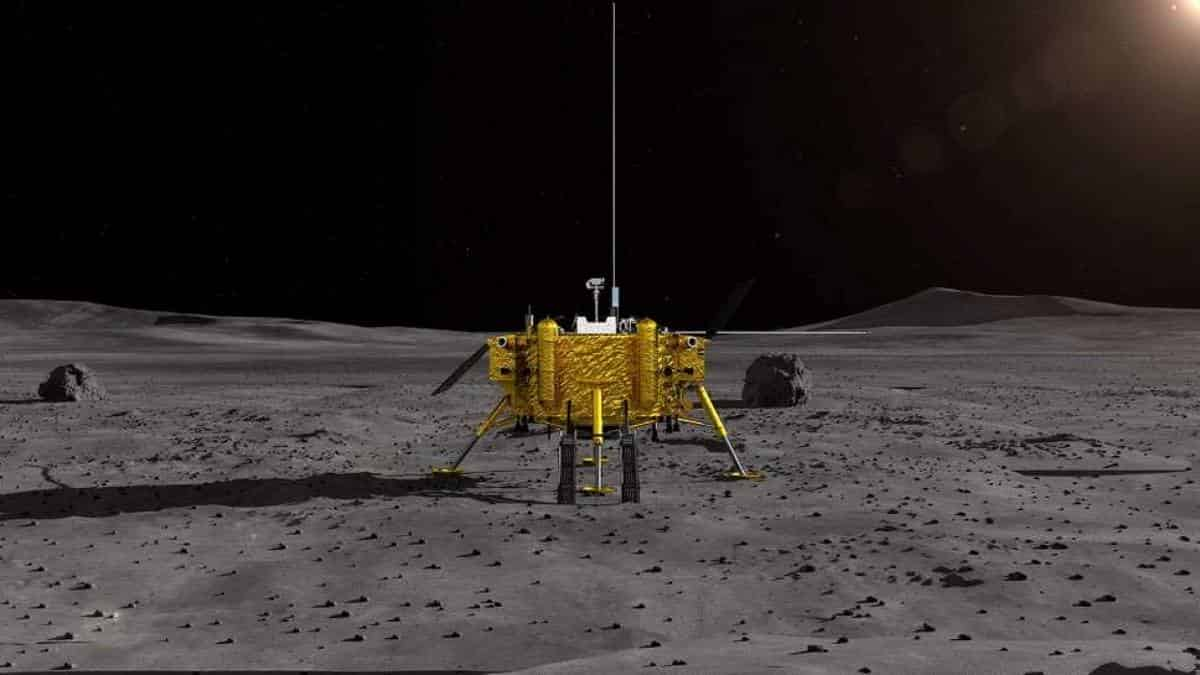China’s Chang’e 5 Spacecraft Brings Back Samples From Moon To Earth After Over 45 Years

Chinese ground crews are eagerly awaiting the return of a lunar probe that is bringing back the first fresh samples of rock and debris from the moon in more than 45 years.
The Chang’e probe is expected to make landfall in the Siziwang district of the vast Inner Mongolia region late Wednesday or early Thursday. It is difficult however to predict precisely where it will land.
The recovery of the return vehicle though will be more complicated than was thought to be before. Owing to the small size, darkness and heavy snow, things might get a little difficult for the return vehicle.
China’s Chang’e 5 Moon Probe Begins Journey Back to Earth
State broadcaster CCTV showed four military helicopters standing by Wednesday morning at a base on the snow-covered grasslands. Crews in vehicles on the ground will also seek to hone in on signals. While sprawling in size, the area is relatively familiar because of its use as a landing site for China’s Shenzhou crewed spaceships.
Chang’e 5 landed on the moon on December 1 and collected about 2 kilograms (4.4 pounds) of samples by scooping them from the surface, and by drilling 2 metres (about 6 feet) into the moon’s crust. The samples were deposited in a sealed container that was carried back to the return module by an ascent vehicle. The space craft was seen flying a Chinese flag.
The spacecraft’s return marks the first time scientists have obtained fresh samples of lunar rocks since the former Soviet Union’s Luna 24 robot probe in 1976.
Chang’e 5 took off from a launch base in China’s southern island province of Hainan on November 23. The mission is expected to last for 23 days.
The successful return of Chang’e 5 marks the third successful lunar landing but the first one to successfully lift off from the moon. Its predecessor, Chang’e 4, was the first probe to land on the moon’s little-explored far side and report on the conditions regarding an extended stay on the moon by humans.
Chinese space programs have particularly focused on the moon which it tells has plans of sending humans there to start a colony. This could possibly serve as a permanent settlement for humans. However, no timeline or relevant details have been announced regarding this vision.
The rocks and debris brought back by Chang’e 5 are thought to be billions of years younger than those that were obtained by the US and former Soviet Union. This could potentially offer a newer and better understanding of the natural satellite.
The samples will be analysed and shared with other countries.


